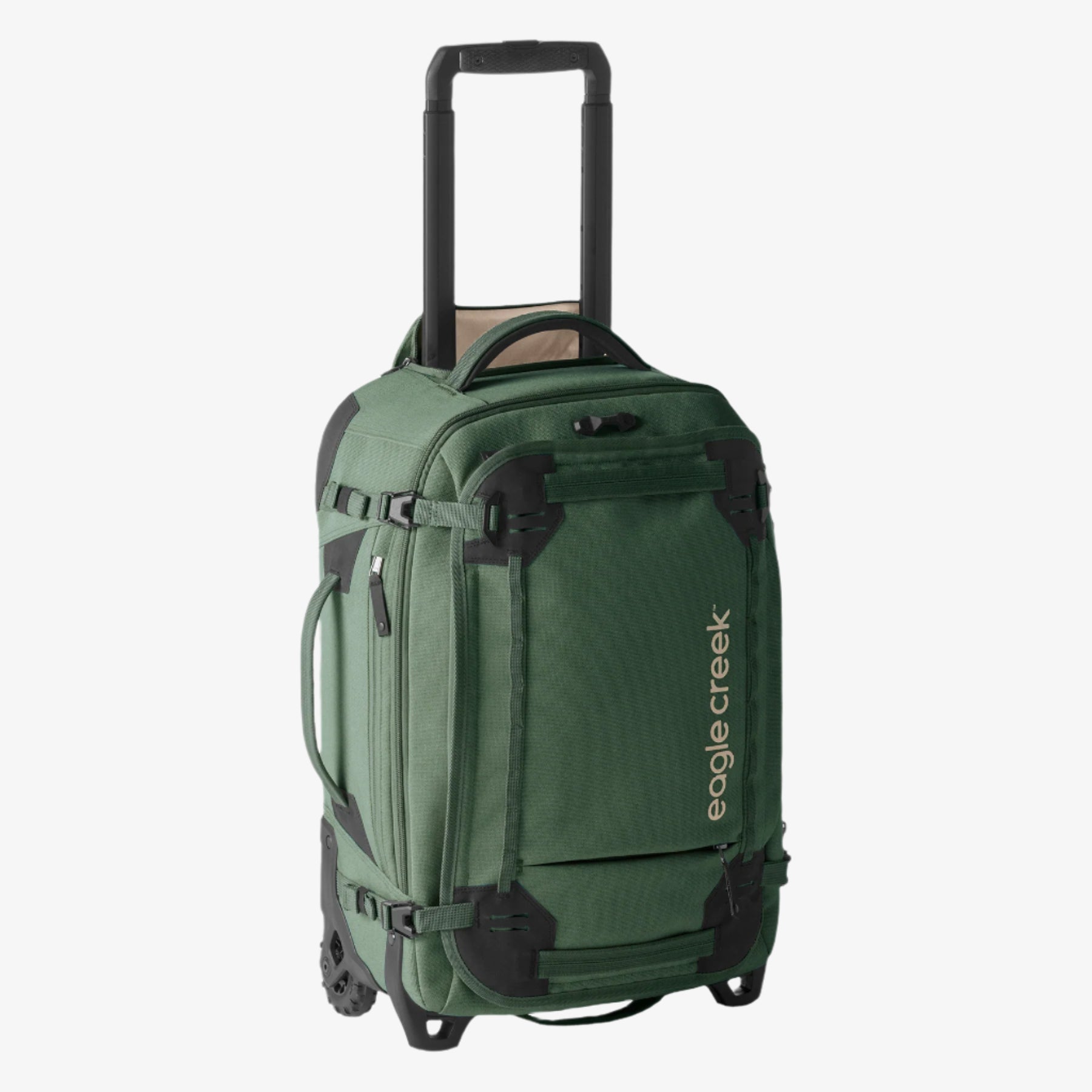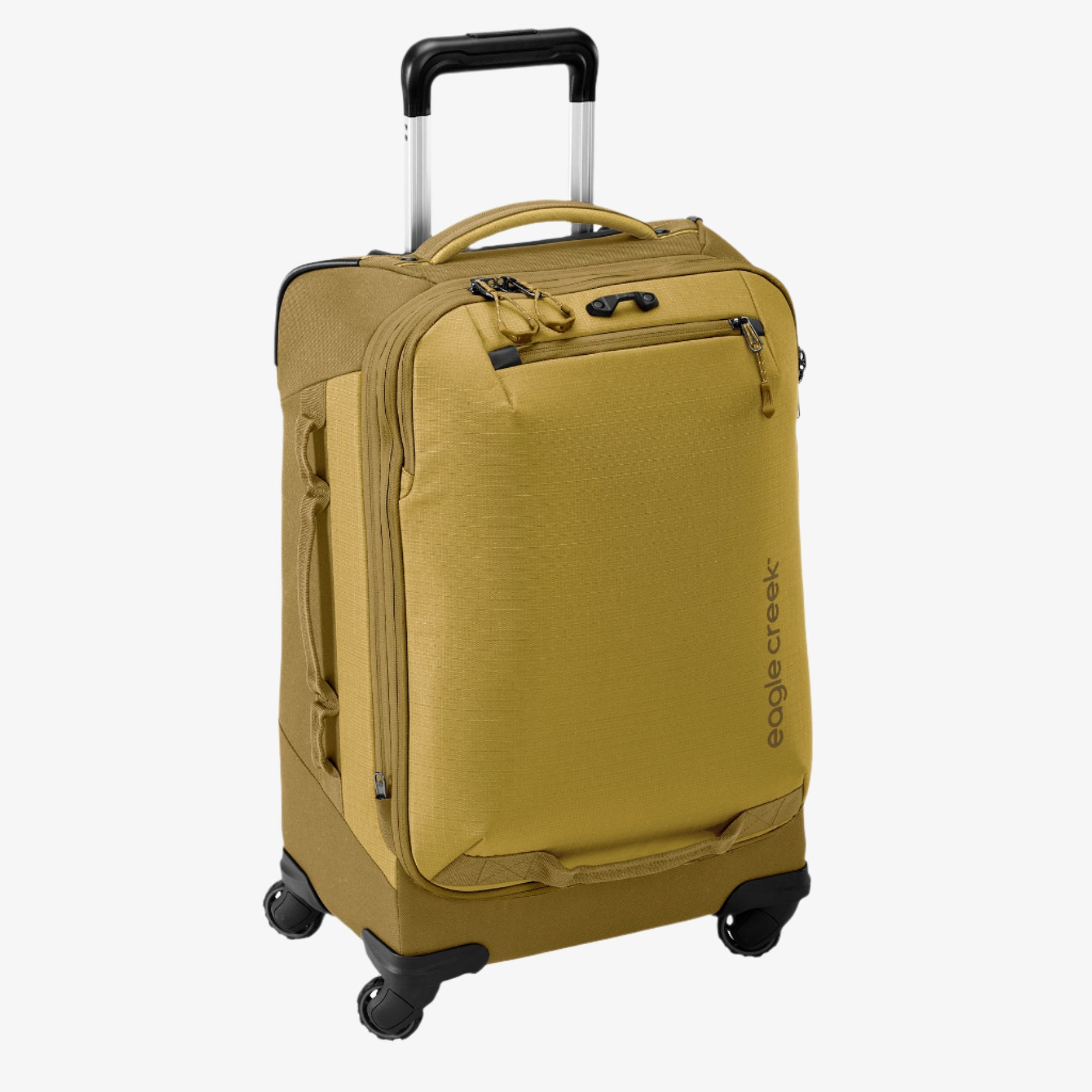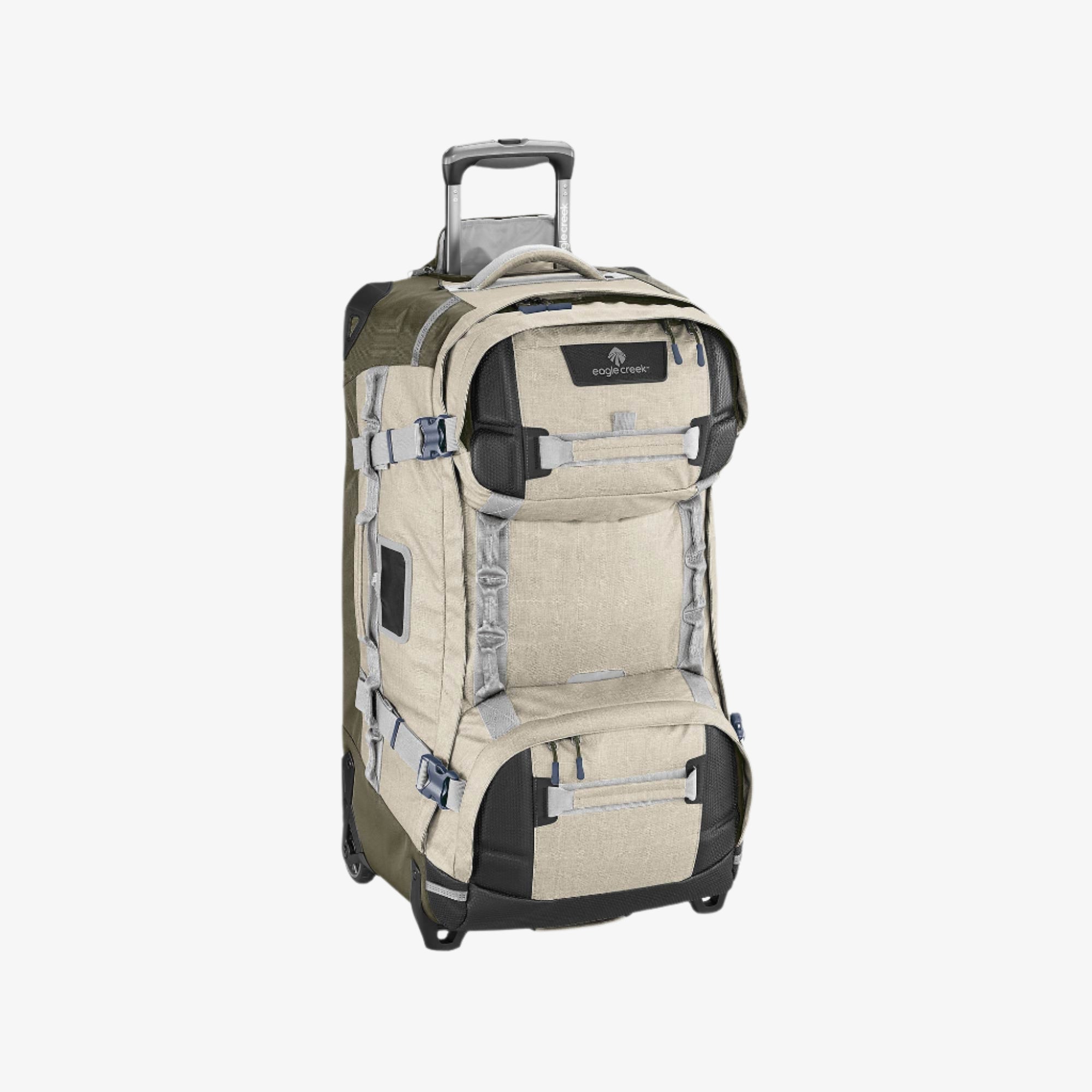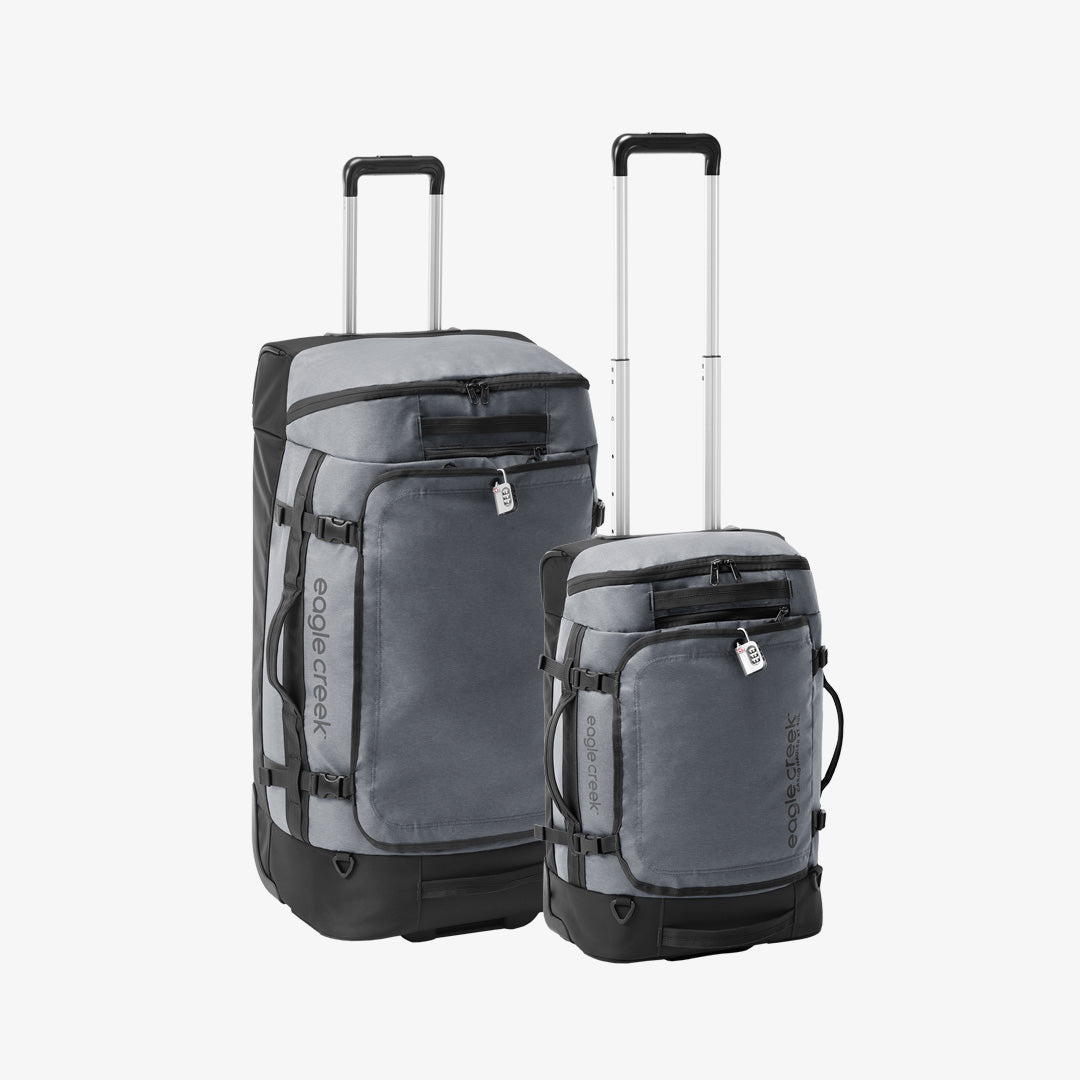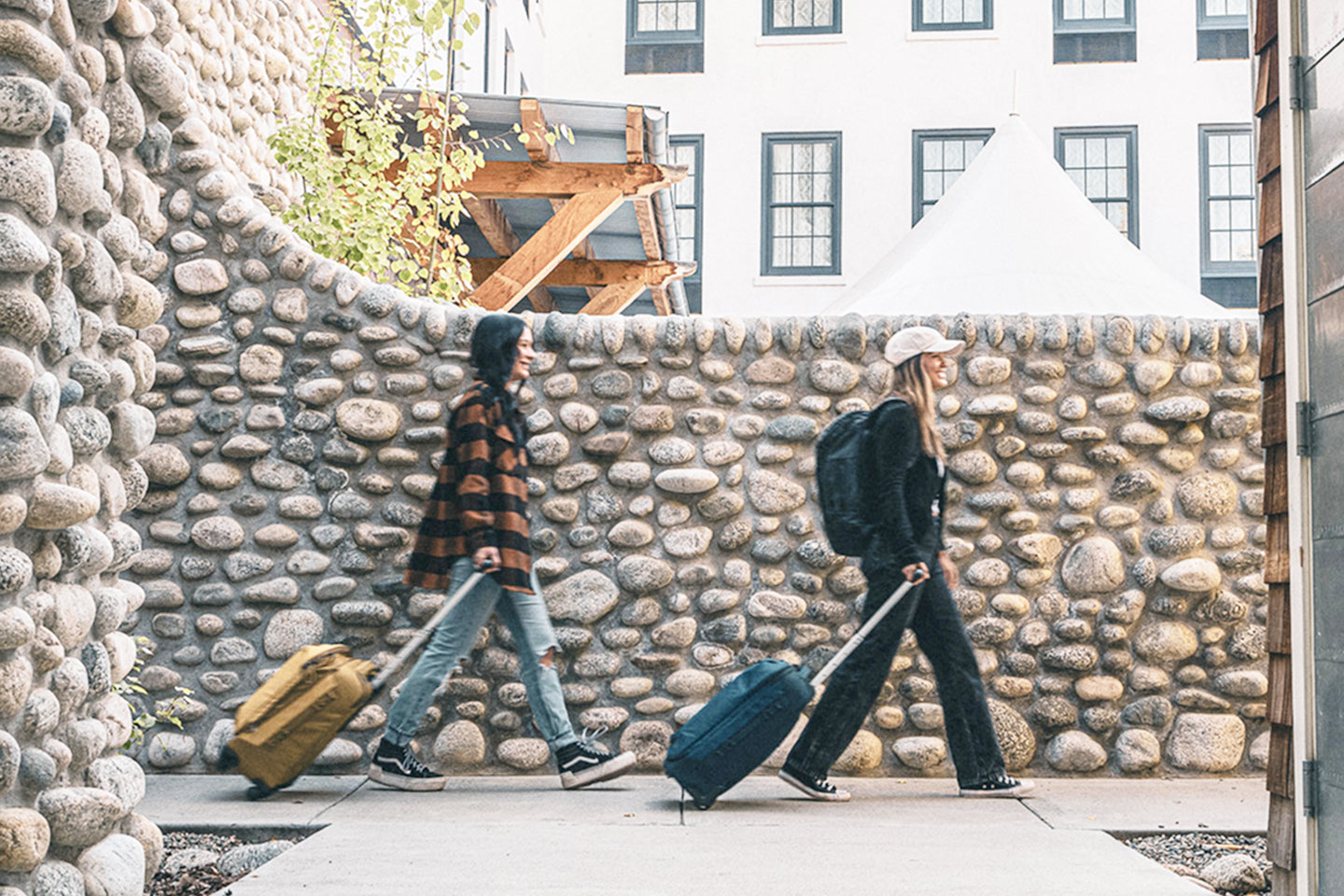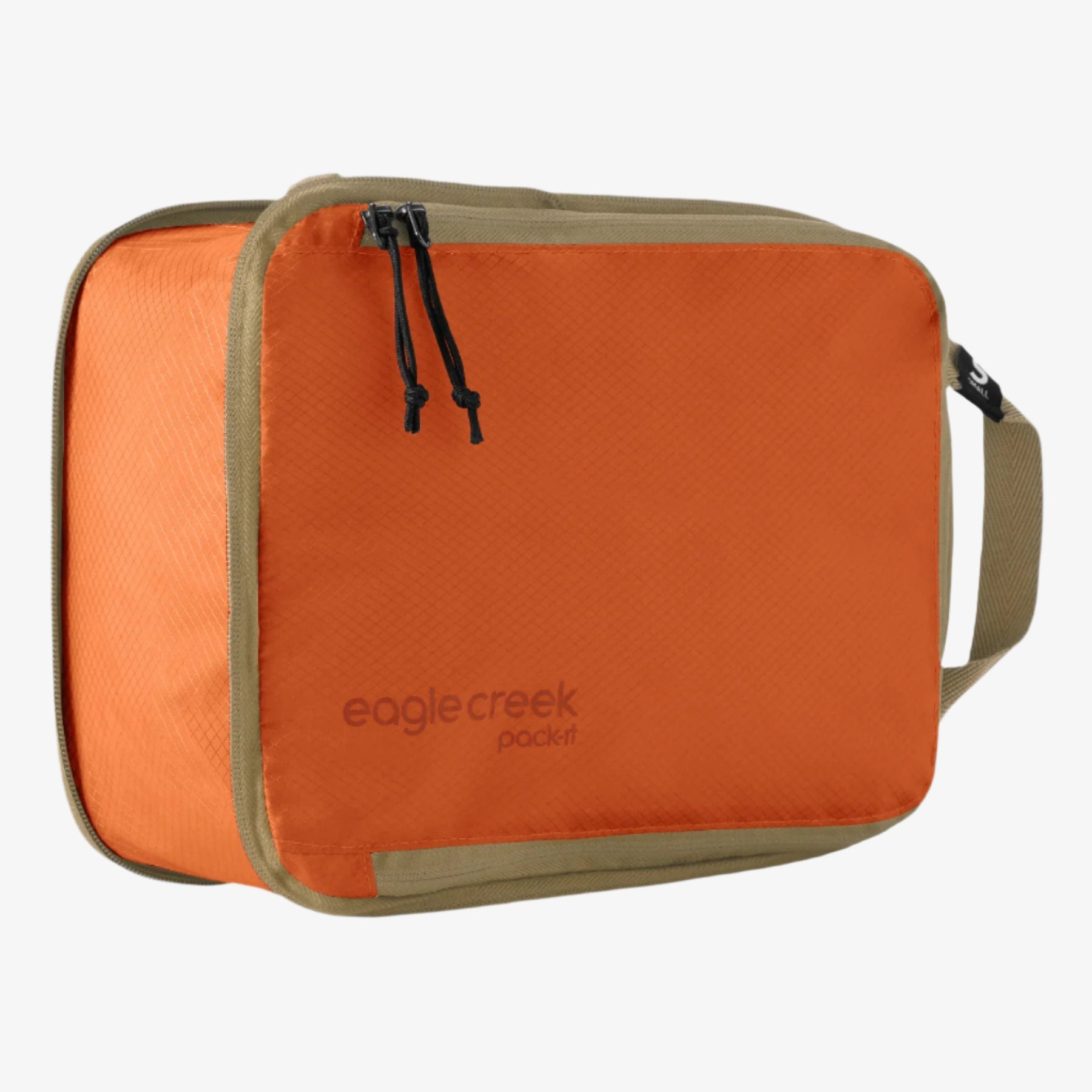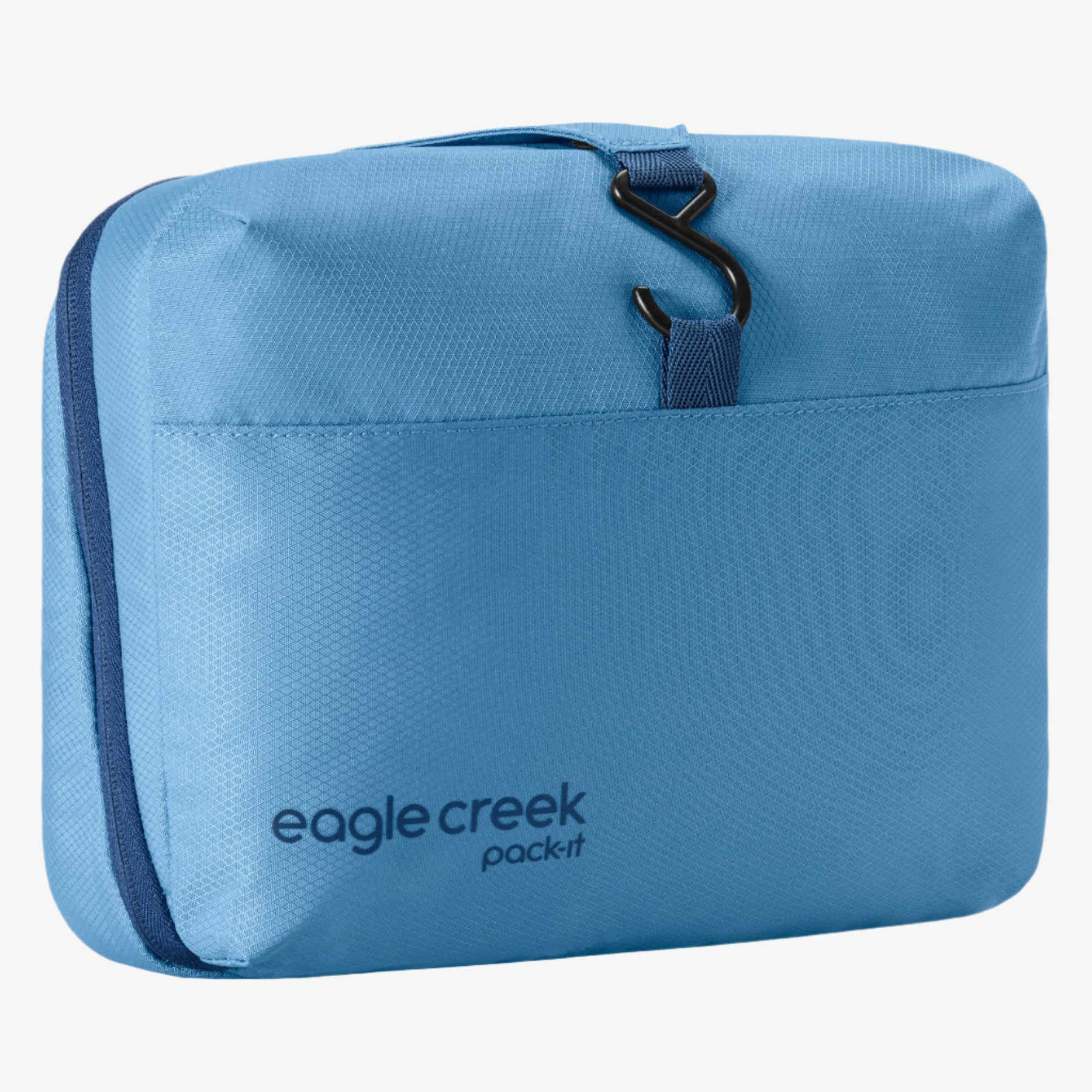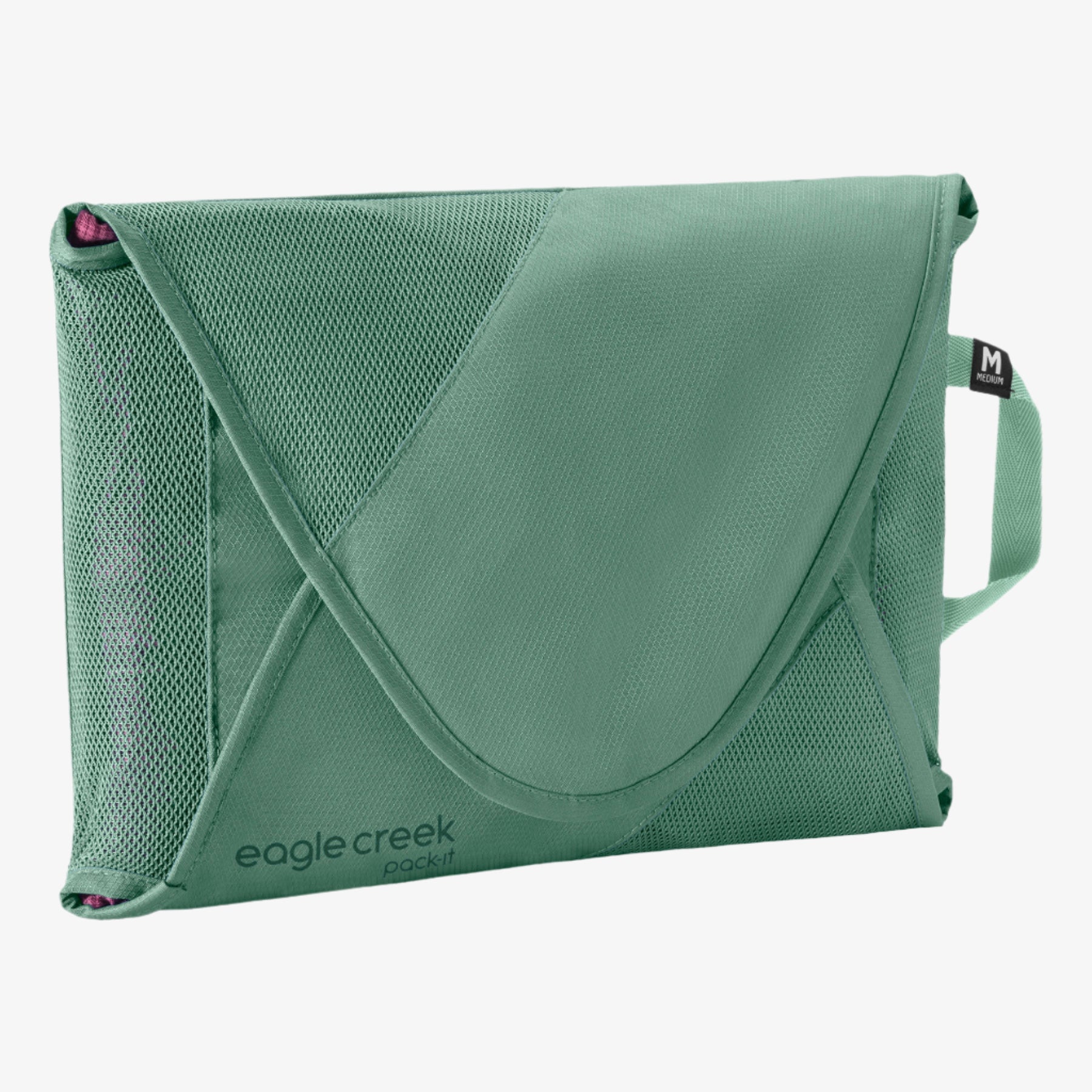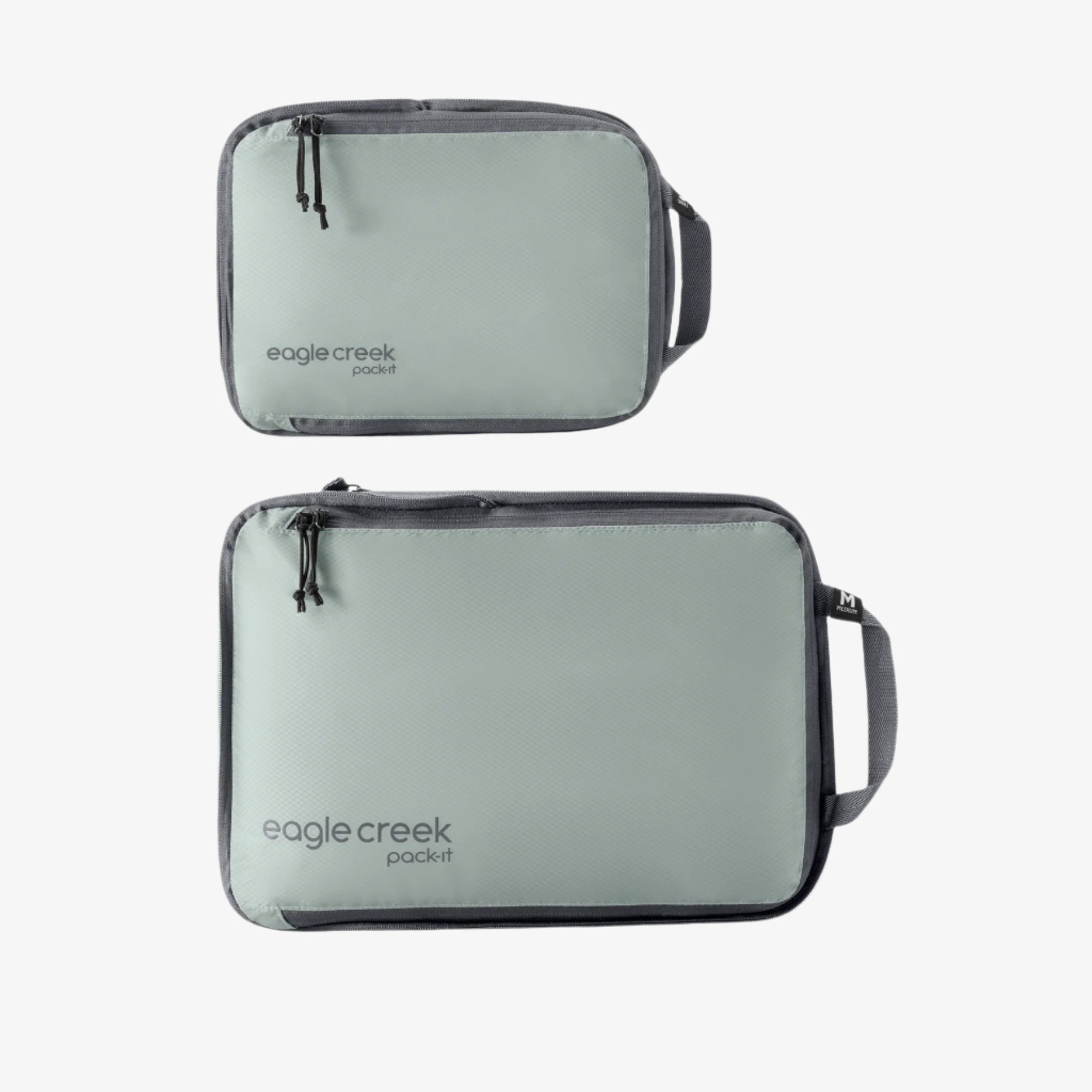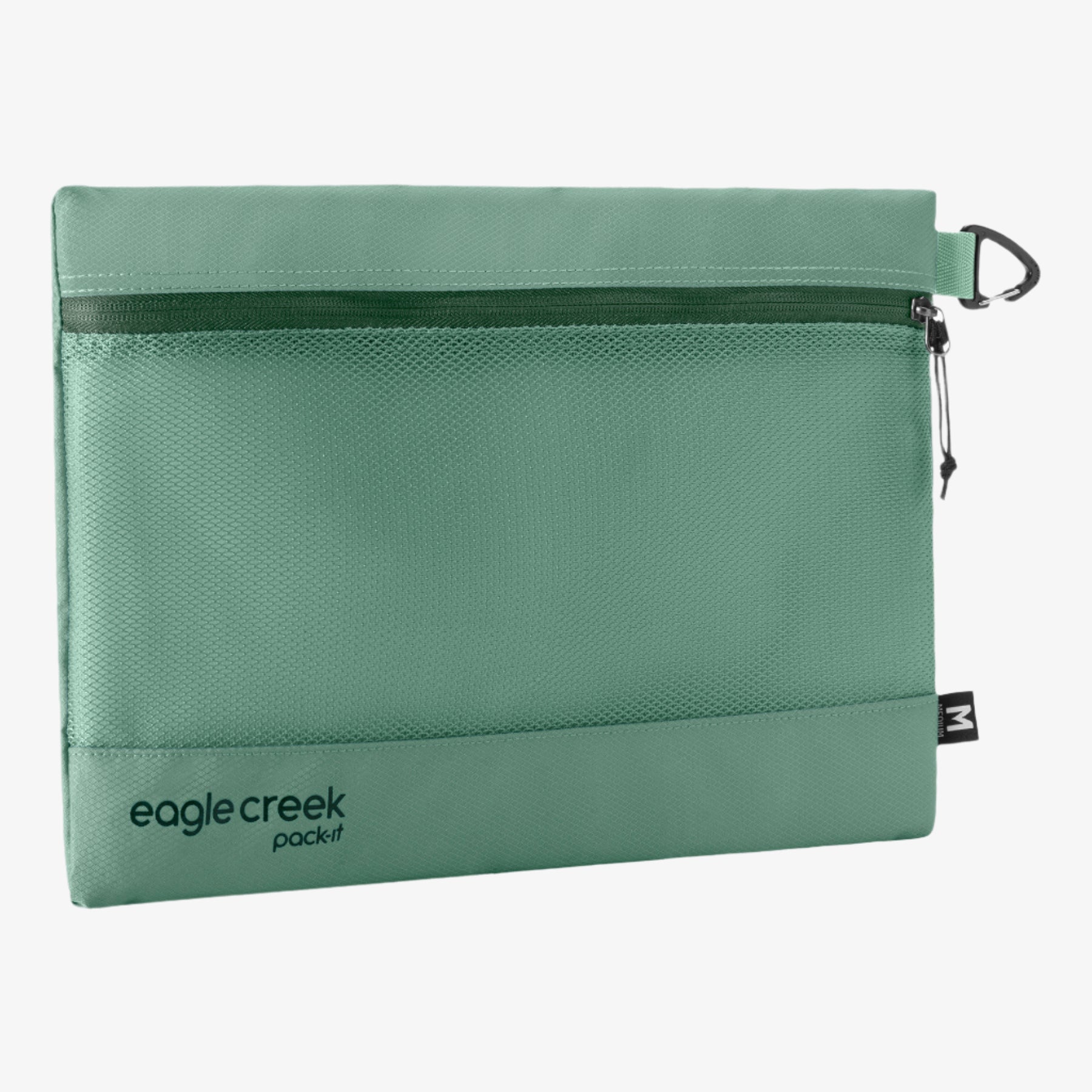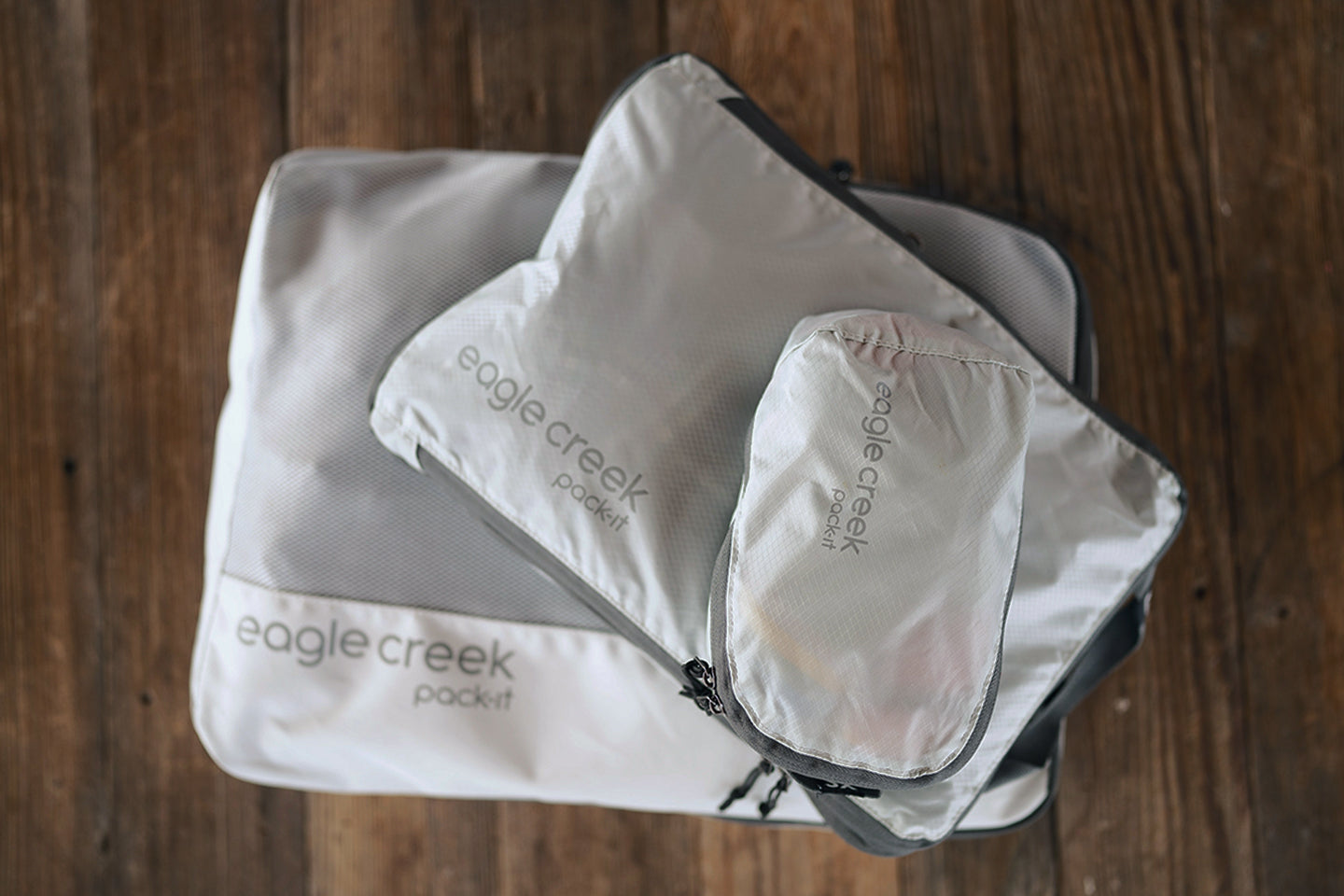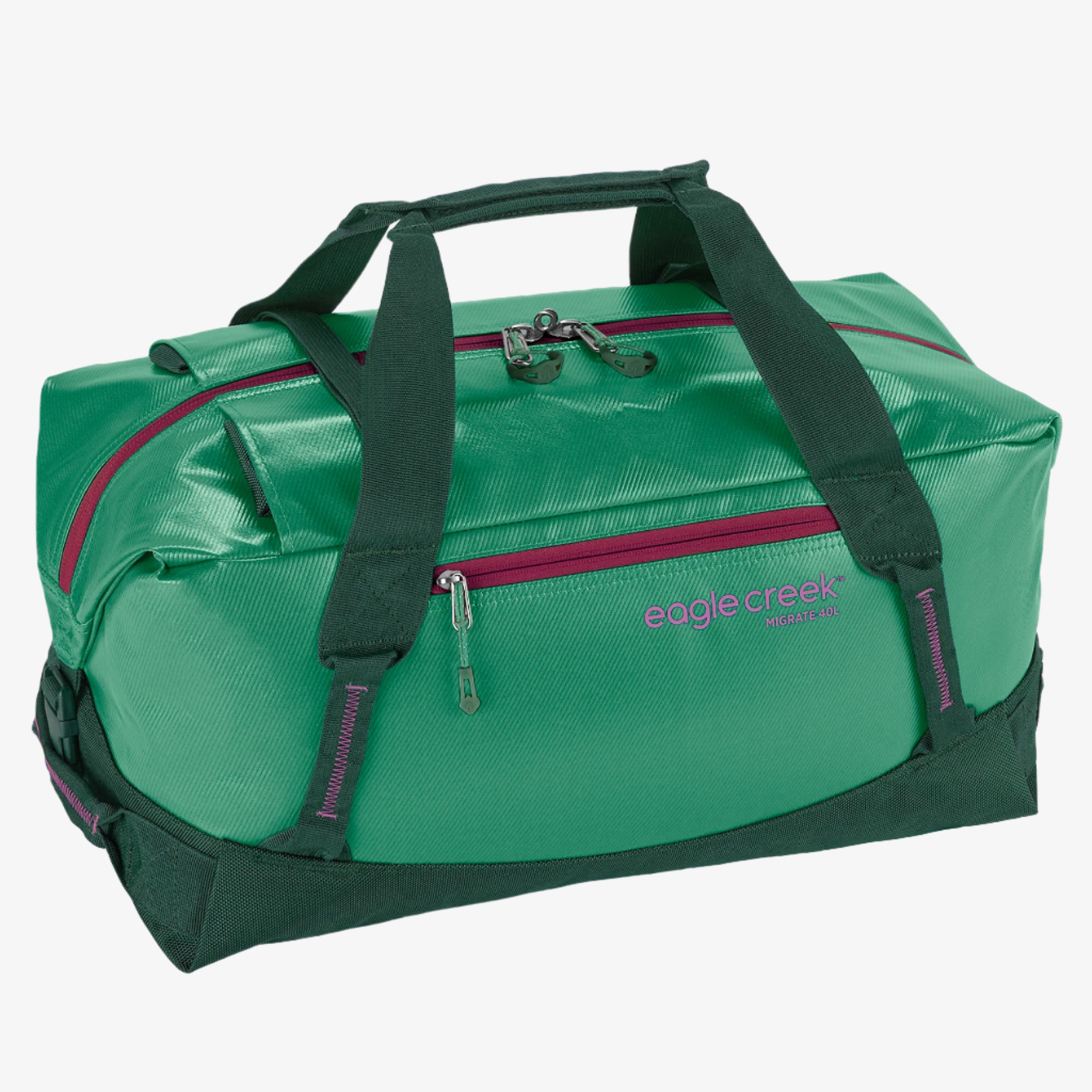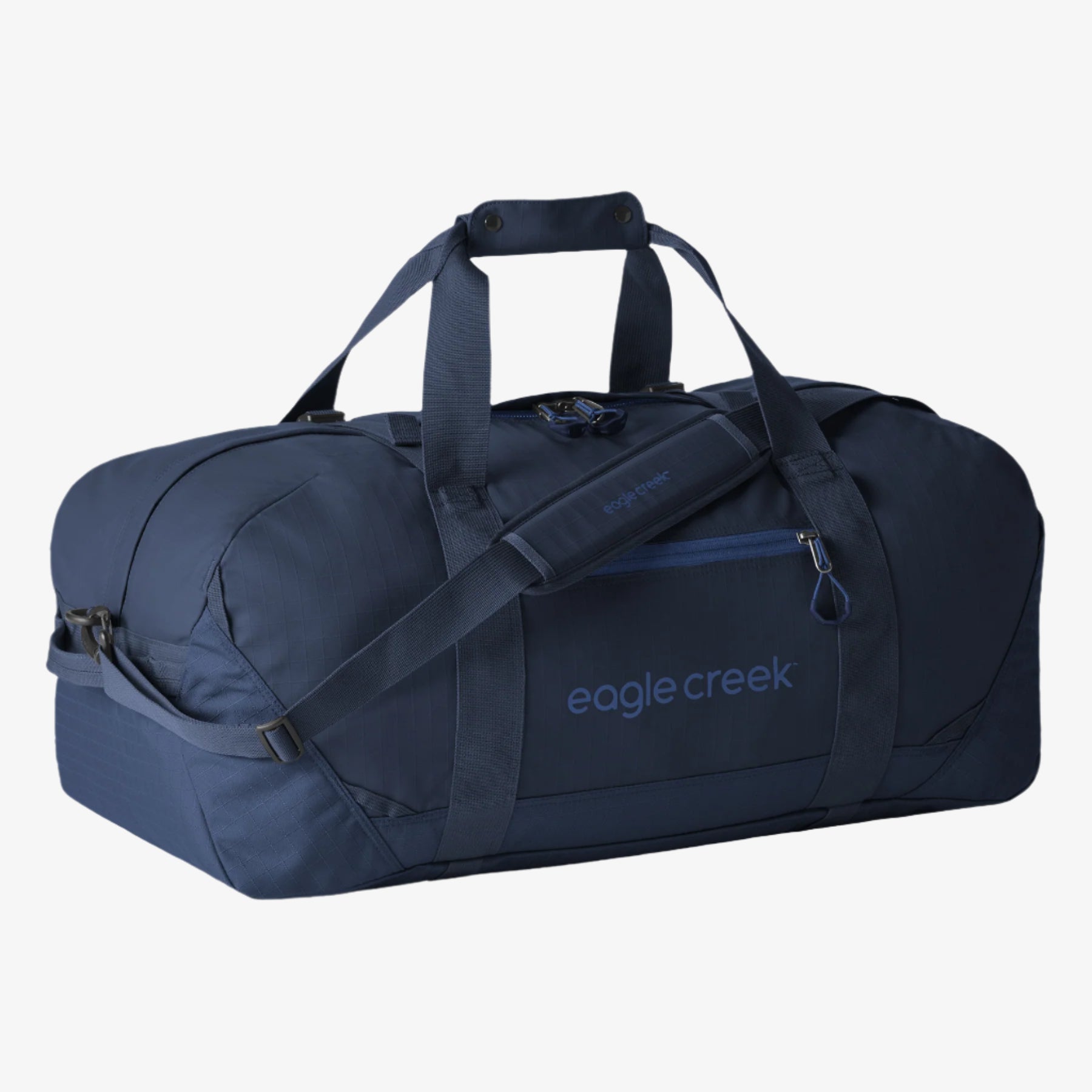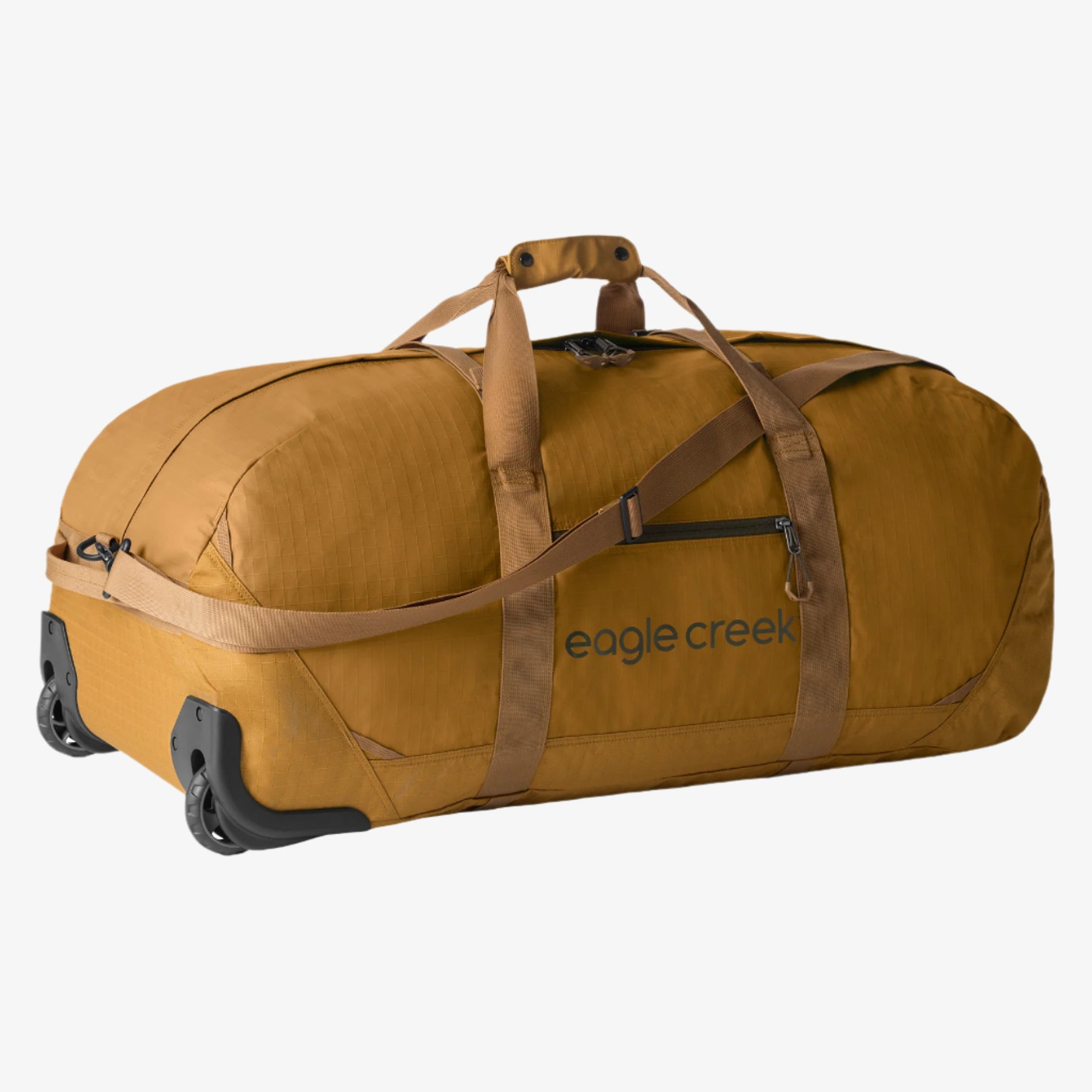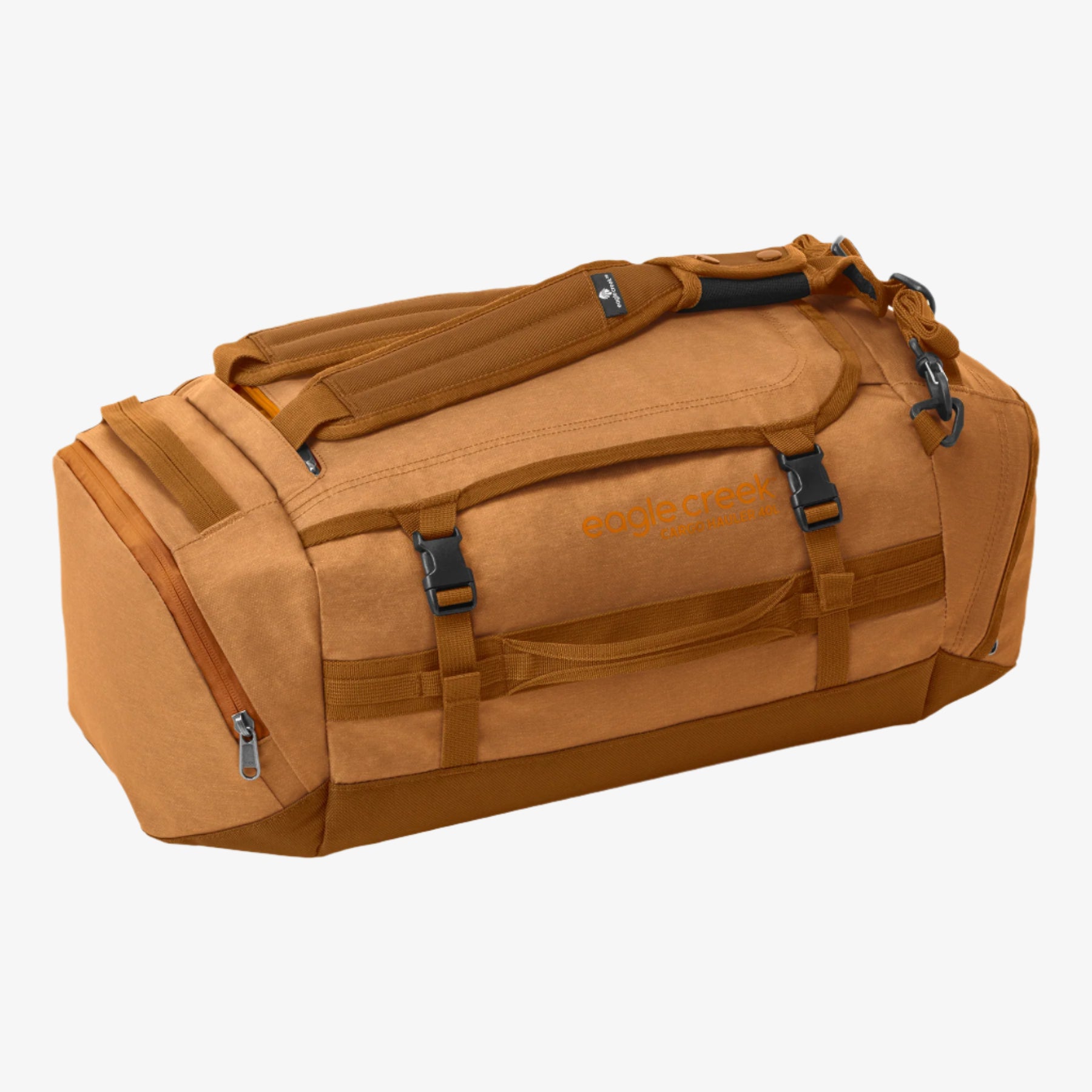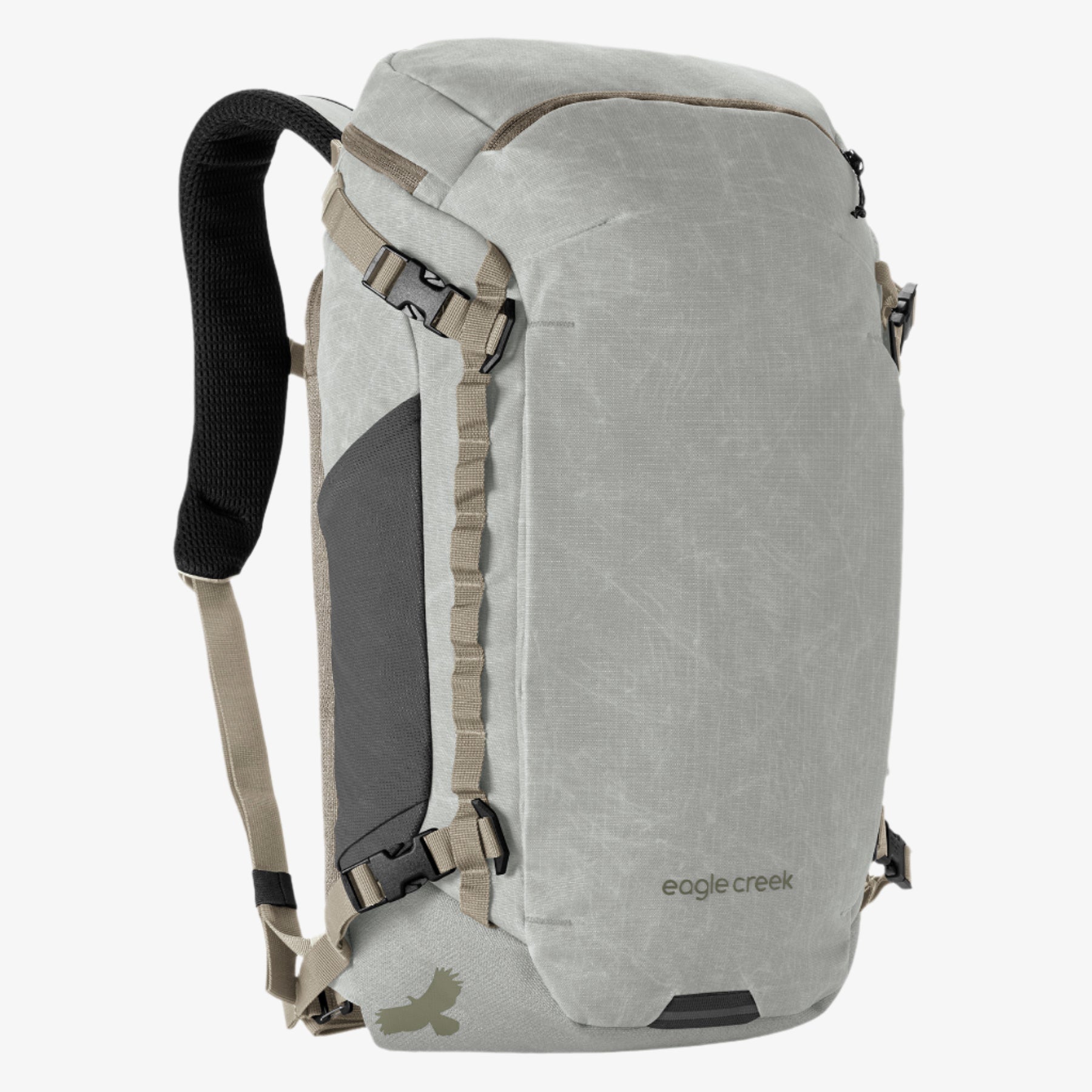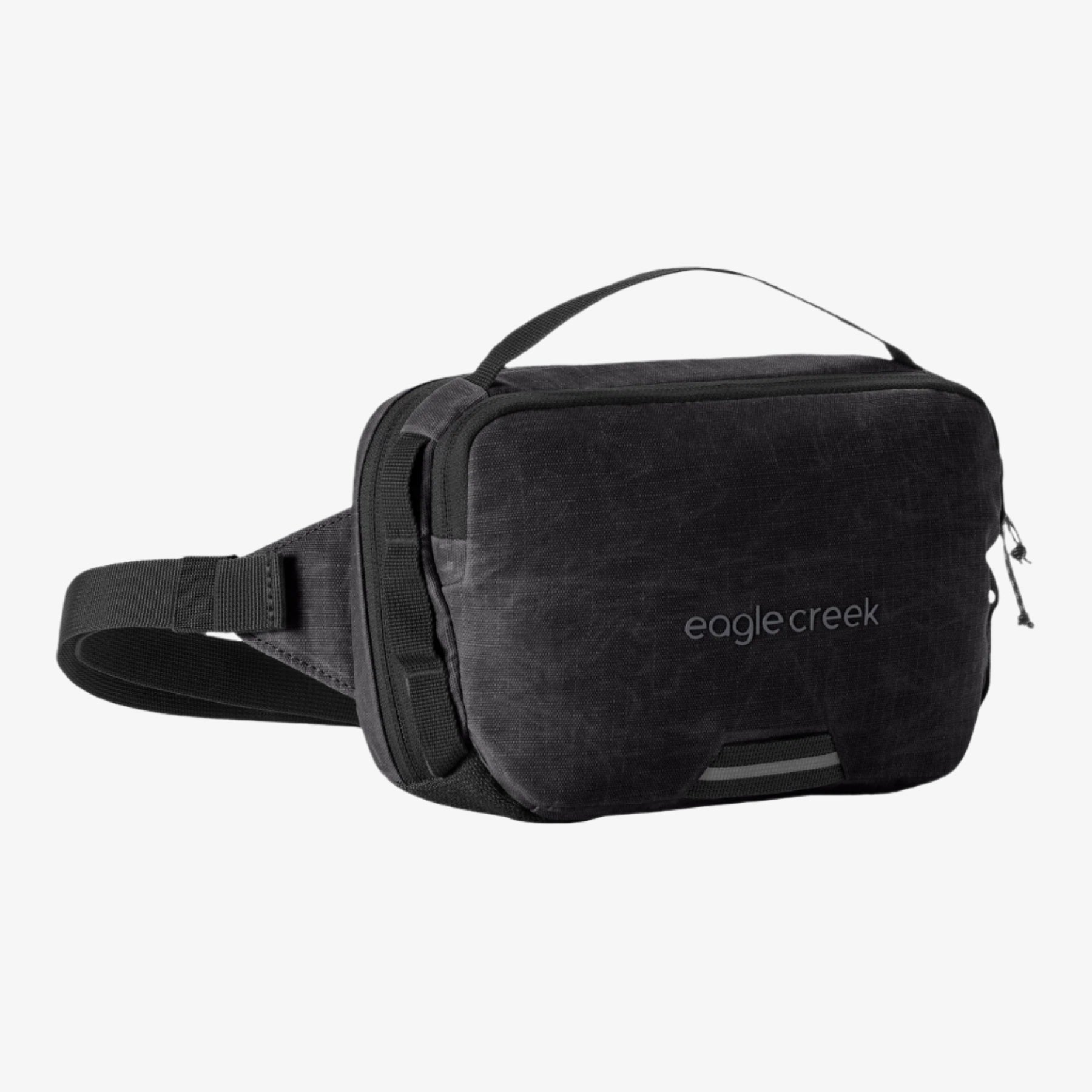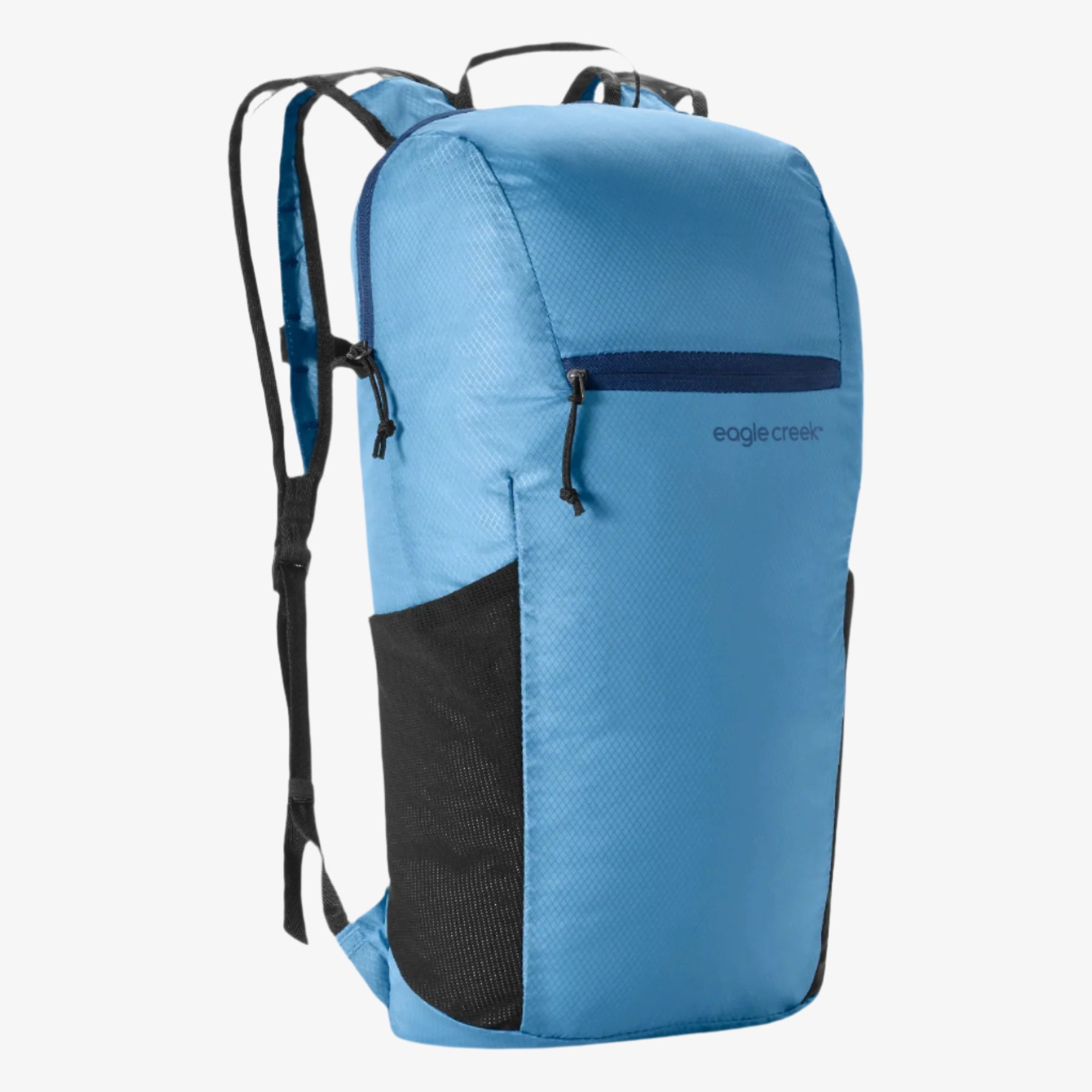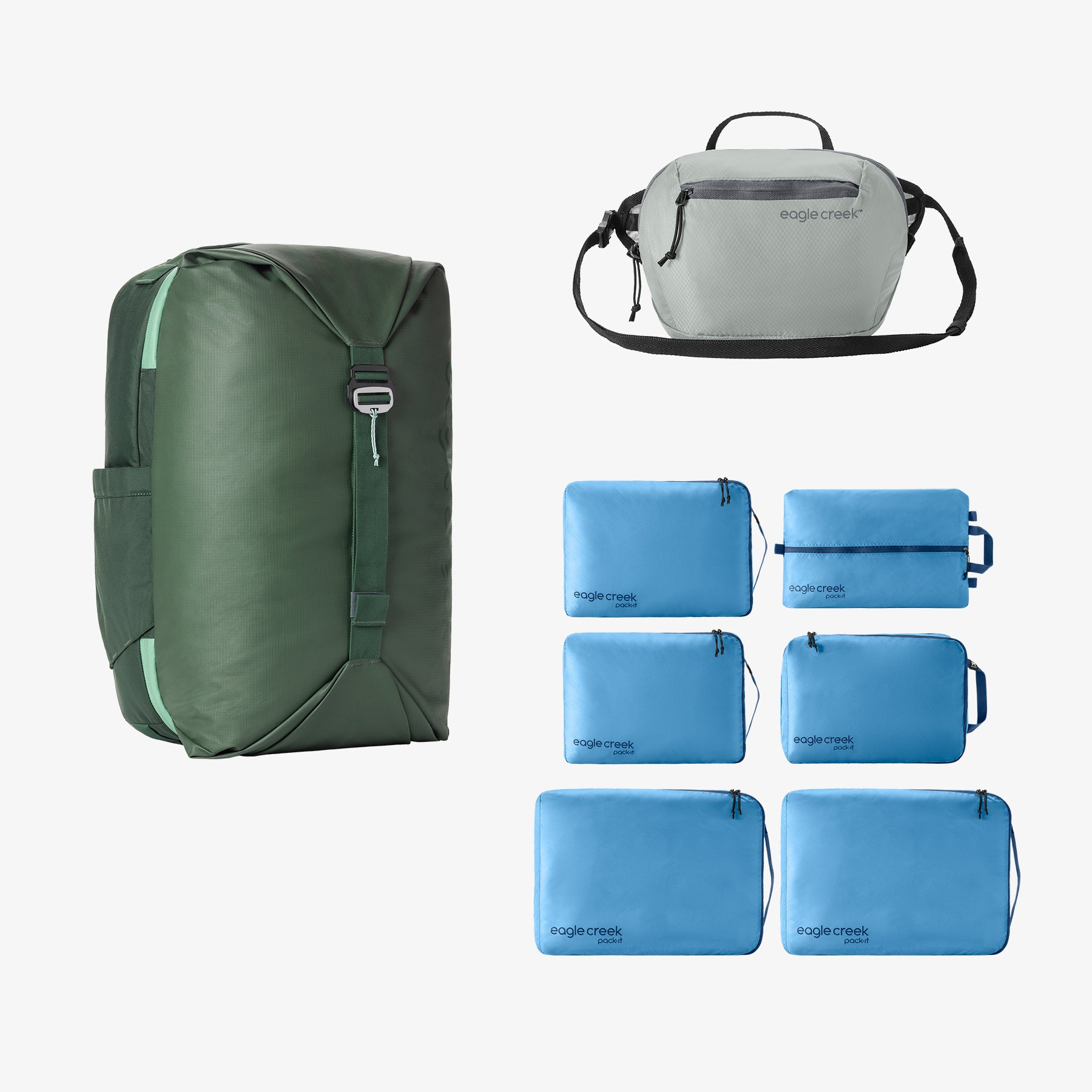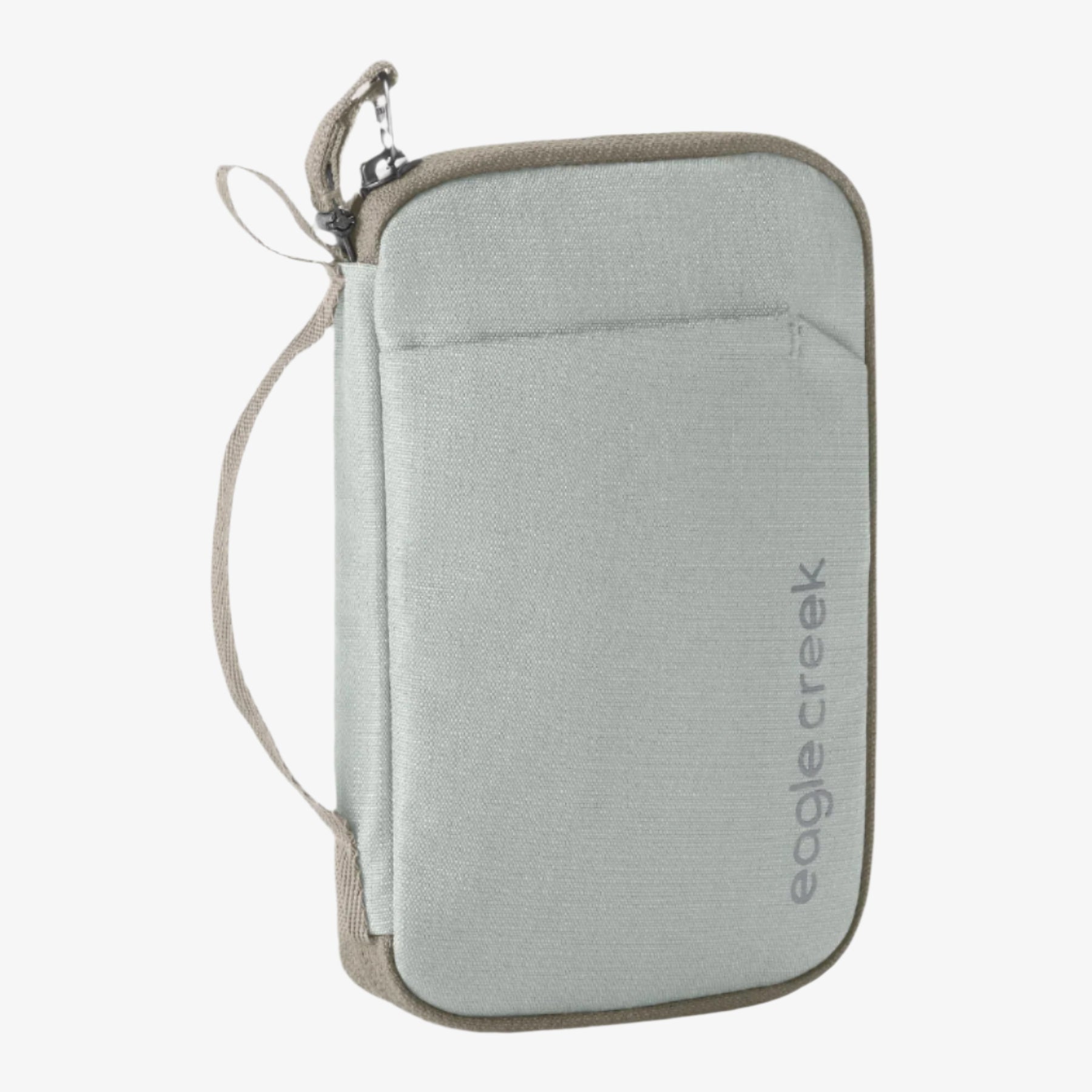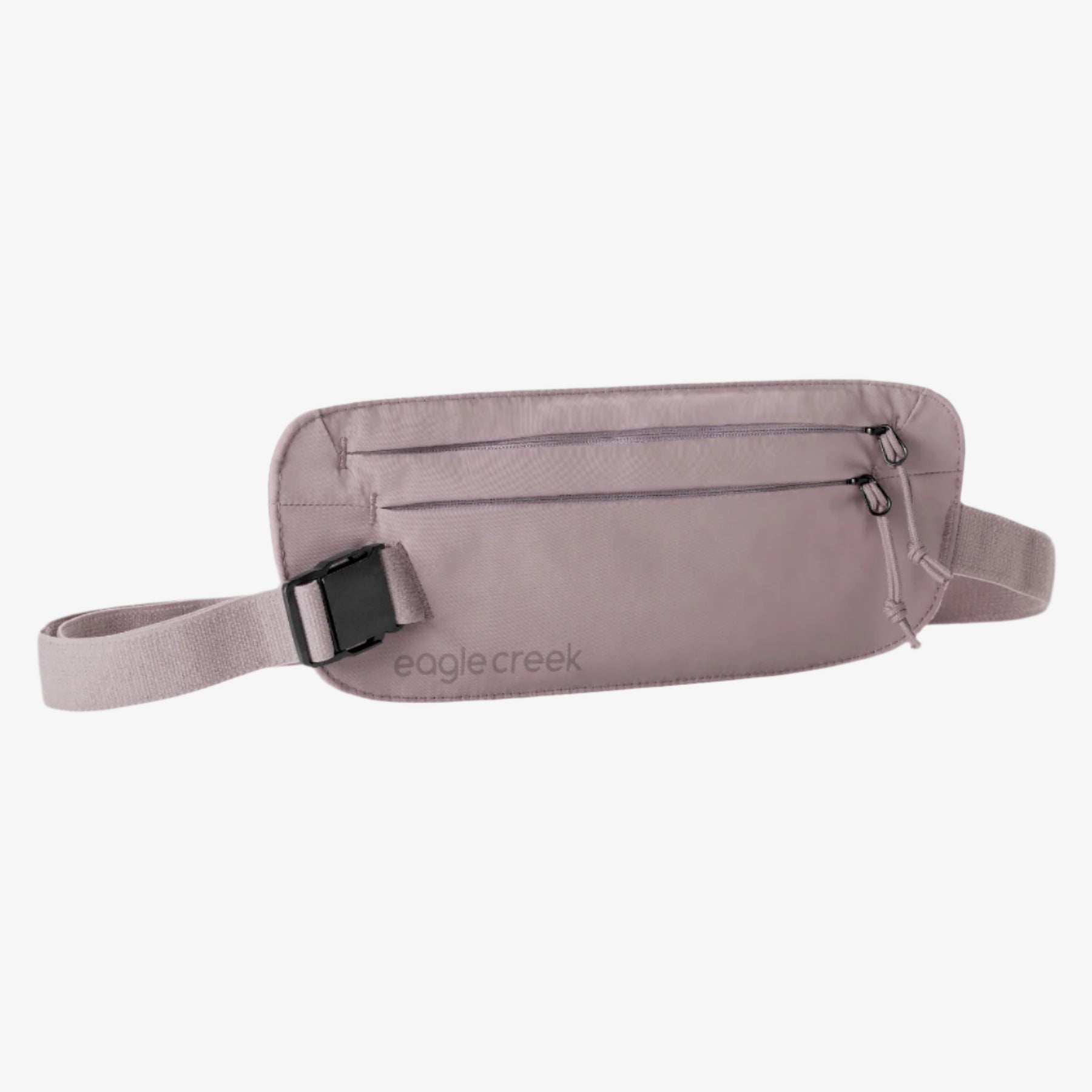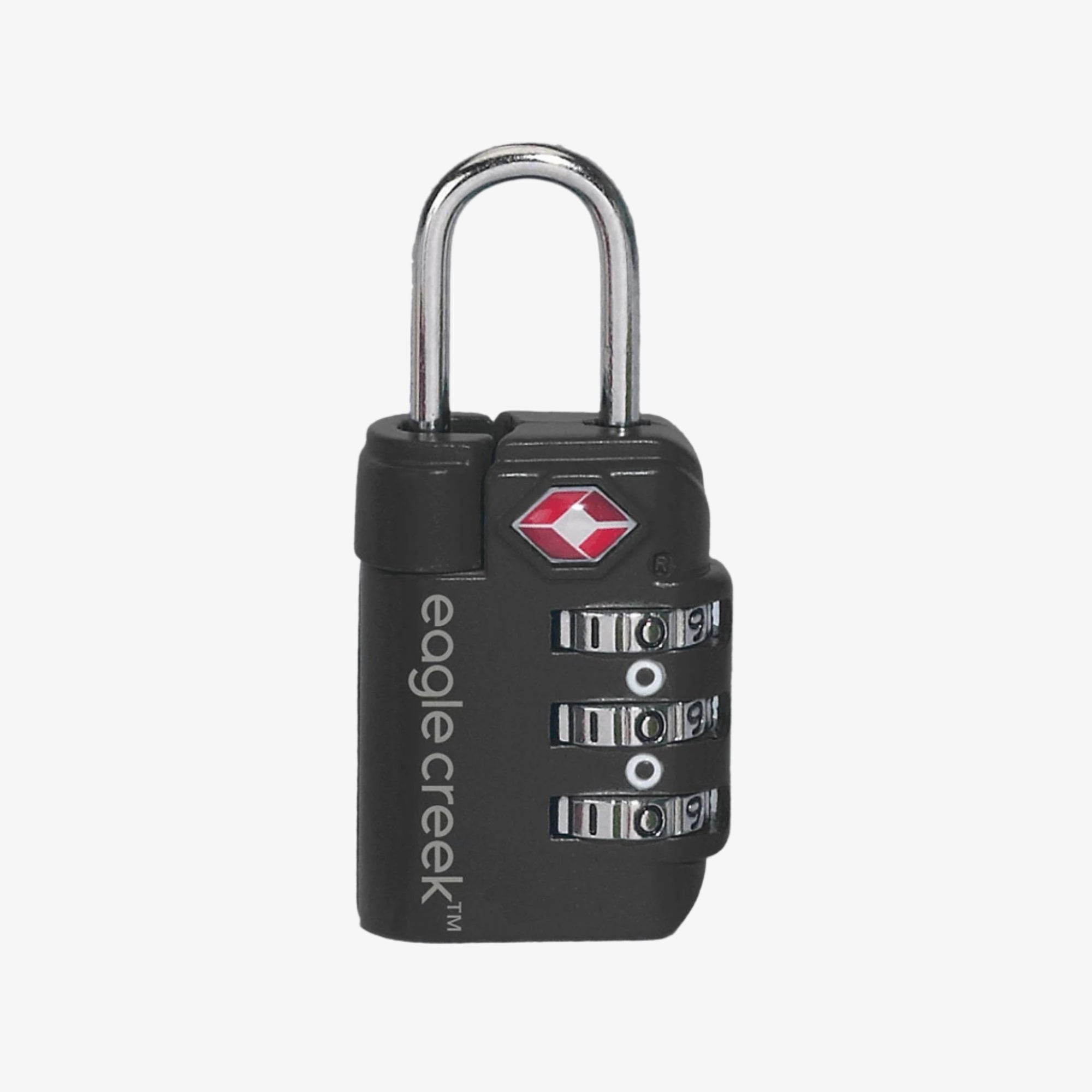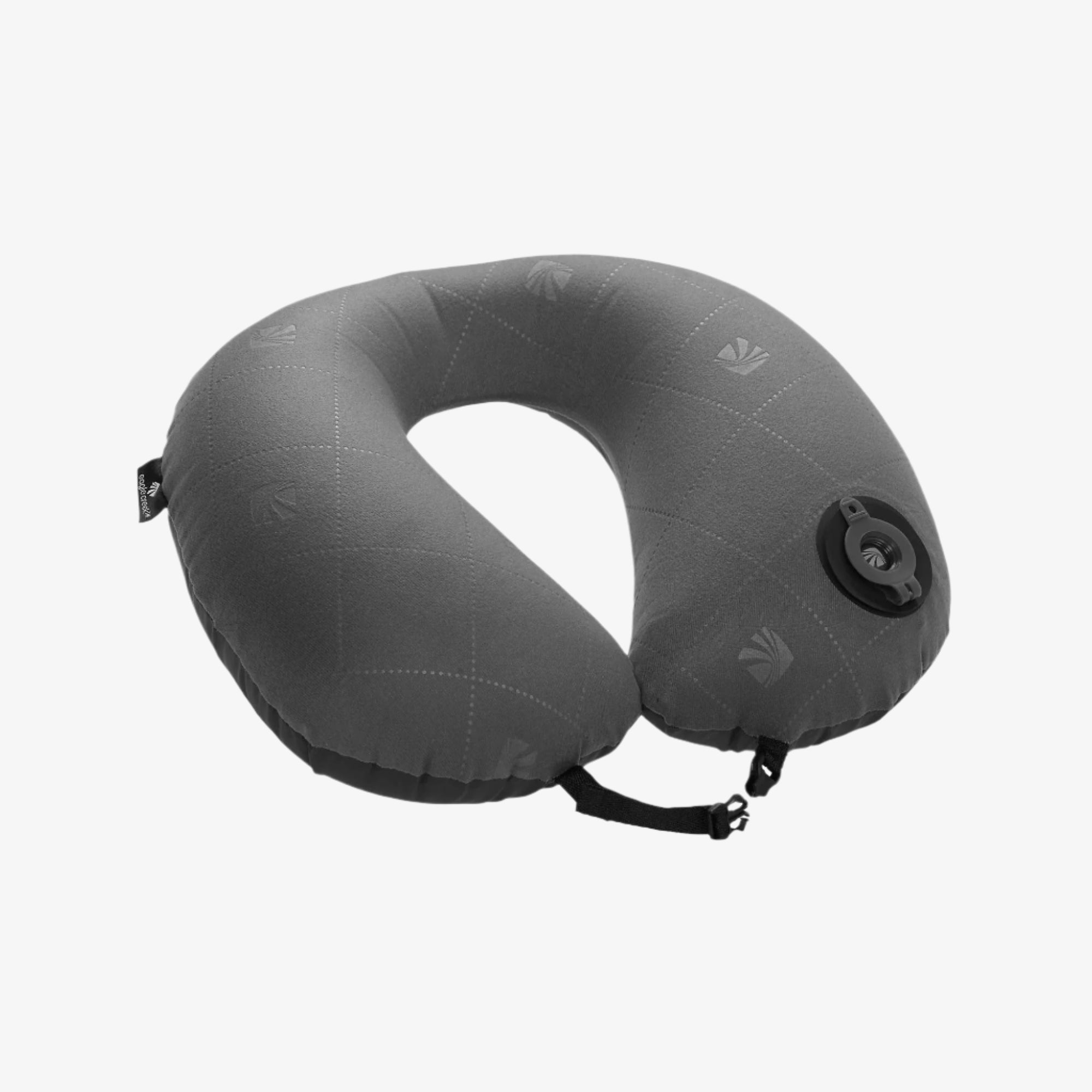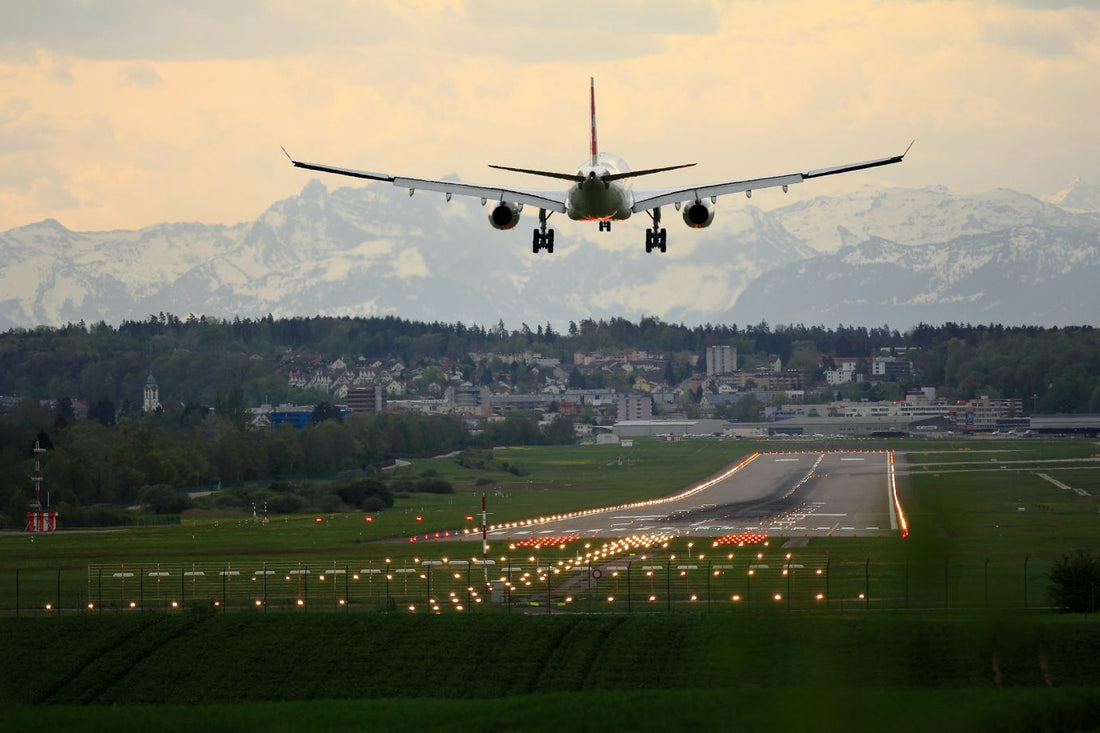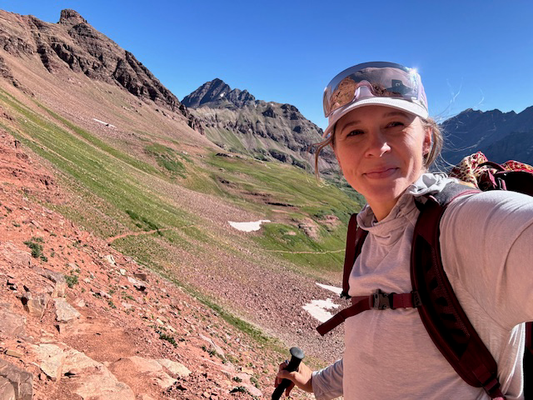
How can you protect your health while traveling? Whether you're flying near or far, follow these expert tips on avoiding airport and airplane germs and social distancing while you travel.
If you’re a jet setter or vacationer who didn’t think twice about germs (or what to pack) before heading to the airport, guess what: You’re in good company. Sanitized travel is a new trend. According to a survey by aviation marketing consulting firm SimpliFlying.com, seventy aspects of a traveler’s experience have changed indefinitely in the wake of global health concerns, from check-in to in-flight sanitation measures.
Not sure what that means for a traveler reborn? We spoke to Robert Silk, airlines editor at Travel Weekly, for tips on how to keep yourself (and other travelers) healthy before and during your next flight. Before you depart, in the terminal, and up in the air, here’s how to avoid germs and stay healthy.
Go Germ-Free Before Departure
Pack your own mask and hand sanitizer. This one might sound second-nature, but it’s true: You need to follow the same face-covering precautions up in the air as you do when you’re on the ground. While many airlines, such as JetBlue, Delta, American and Frontier, have made it their policy for passengers and flight attendants to wear protective face coverings on board, the FAA hasn’t made that an official requirement … yet.
“You really have no control over social distancing on a plane: It’s completely at the airline’s control,” Silk says. “They’re not willing to use flight attendants as police officers on the plane, so once someone takes theirs off, you might be stuck.” In short: It’s always a good idea to pack a mask in your carry-on, as well as hand sanitizer.
Look for flights that aren’t as full. According to Silk, some airlines, such as United, agreed to notify passengers when flights were 70 percent full before departure, so passengers could change their itinerary if necessary; others, such as Delta and Southwest, are blocking off blocks of their inventory to keep passengers safe. If you don’t feel comfortable flying on a packed flight, it might be worth postponing your trip.
Check in before you leave home. Even though airports will be emptier than they used to be for a long while, downloading the airline’s app or using TSA pre-check before you leave will help you avoid check-in kiosks and whizz through security, eliminating another common touchpoint for germs at the airport.
Avoid Germs In the Airport Terminal
Get ready for a temperature check. This goes without saying, but if you feel even the slightest bit feverish, stay home! As of June 1, Frontier Airlines will require a touchless temperature check after you board. If your reading is higher than 100.4, you won’t be allowed to fly. Other airlines may have similar policies, so read up before you leave so you can be prepared.
Don’t wait at your gate. Social distancing rules apply in airports, too, which means the days of rushing to your gate and waiting to board are over. It’s easier said than done, but Silk recommends maintaining distance in a TSA line and when boarding your aircraft.
Protect Yourself from Airplane Germs
Pack disinfectant wipes. It’s not required to wipe down your seat once you’re on board– especially since airlines have already upped their disinfectant game due to enhanced sanitation requirements between flights with defoggers and electrostatic sprayers.
“When [airlines] are doing overnight sanitizing, they’re using a higher grade sanitizer than they’ve used in the past, such as electrostatic sprayers,” Silk says. “From having talked to a couple physicians who actually focus on safety in the air, these filtration systems are hospital quality. Air is being circulated more efficiently in an airplane than it would be at a gate, for example. On the flipside, that doesn’t help if you’re near someone and they cough.” There’s no reason not to give surfaces an extra wipe-down of your own, and keep wipes in your carry-on bag.
Exercise patience. Remember the flying days of yore when you could move about the cabin freely after the seatbelt sign turned off? They won’t be back anytime soon. To maintain social distancing measures on board, some airlines, such as Ryanair, are requiring you to ask permission to use the lavatory. Same with deplaning: “In the old days, you know you’re not going to get out for 10 minutes, but we’re all standing up anyway,” Silk said. “Now when the plane lands, everything should be done with caution and understanding.”
If all of these cautionary tips have you clamoring for your next trip, patience is important there, too. Most destinations aren’t encouraging travel, and don’t have the proper precautions in place to accommodate visitors. “One thing I think travelers can be confident of is when they get to their hotel, it’s gonna be more sanitized and cleaner than it’s ever been in the past,” Silk said. “The same could be said for the airport, and the airplane—and really all other portions of the travel journey while the pandemic continues.”
Whether you're flying near or far, research your destination first and follow all local, national, and global health advice to ensure you have a safe trip.
While Eagle Creek is here to provide tips and insights on travel, we cannot accept any responsibility for any potential consequences arising from the use of this information. Always conduct your own research and use your best judgment.
Related Links:
9 Ways to Personalize Your Luggage So Baggage Claim is a Breeze


